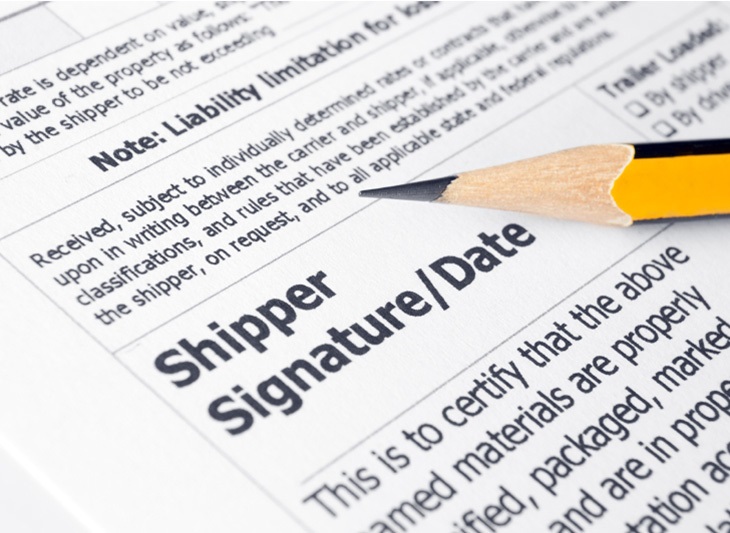Analysis of APEC actions to meet new economic conditions

Improved trade and domestic consumption is needed to spur growth and job creation around the Pacific Rim which the region’s economies are intent on achieving by implementing their deepened commitments to liberalize markets and make it easier to do cross-border business.
APEC researchers shed light on the details this week in Singapore. They did so in conjunction with a Lee Kuan Yew School of Public Policy-hosted analysis of the shifting economic landscape and expansion of policy collaboration between APEC economies throughout this year in Indonesia and heading towards 2014 when China will guide the agenda as chair.
“Stimulus policies to calm financial markets have proven effective but the unstable growth path underscores the need for emerging and developing APEC economies to accelerate rebalancing towards greater private investment and household consumption,” said Dr Denis Hew, Director of the APEC Policy Support Unit. “Enhancing the flow of goods, services, people and capital across borders can help to drive this process.”
The APEC region, which has outperformed the rest of the world during the post-financial crisis period, now accounts for about 57 percent of global gross domestic product and 47 percent of total trade. But APEC growth, which was 4.1 percent in 2012, is expected to slow in 2013 before picking up only gradually in 2014, according to the Policy Support Unit.
“Our immediate focus is on achieving successful outcomes at the 9th WTO Ministerial Conference in December and the conclusion of negotiations to expand product coverage of the Information Technology Agreement prior to that,” Dr Hew explained. “This is obviously a critical moment which APEC is backing with its size and examples of progress in advancing trade liberalization and regional economic integration.”
Within this mix, APEC economies are moving ahead with their commitment to lower tariffs on a list of key environmental goods by 2015 and explore parallel opportunities in the WTO. Other priorities include improving communication between different free trade agreement participants and advancing technical assistance and cooperation to support the ultimate delivery of a Free-Trade Area of the Asia-Pacific.
“As the region’s economies break down trade barriers such as complex customs procedures and improve understanding about issues like government procurement and dispute settlement proceedings, greater connectivity between members is critical to ensuring that businesses and people are in a position to reap the benefits,” said Quynh Le, a macroeconomist with the Policy Support Unit. “An APEC framework is now in place to facilitate this which includes a focus on delivering bankable infrastructure projects through public-private partnerships to support cheaper, more efficient and reliable supply chains.”
“We are seeing important developments underway for the movement of capital in the Asia-Pacific such as a new funds passport pilot that could help to channel savings into productive investment,” Le added.
Expansion of the APEC Business Travel Card scheme and, separately, work to meet a new target of one million intra-APEC university level students per year by 2020, an estimated 25 percent increase from current levels, could have similar impacts in improving the flow of human capital.
“Bringing the region’s talent pool closer together, including students and researchers that will generate the next generation of commercial innovations, is a major focus right now among APEC economies,” Le concluded. “The return on this investment could open the door significantly to a new era of growth in a region of nearly three billion people.”
# # #
For more information or to arrange possible interview opportunities, please contact David Hendrickson +65 9137 3886 at [email protected] or Michael Chapnick +65 9647 4847 at [email protected].
Additional details about APEC meetings, events, projects and publications can be found at www.apec.org. You can also follow APEC on Twitter and join us on Facebook and LinkedIn.

